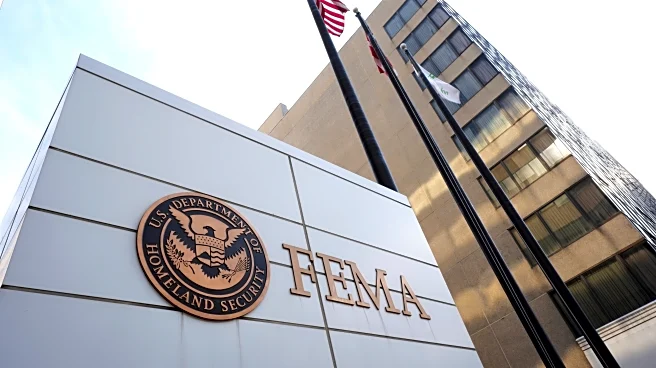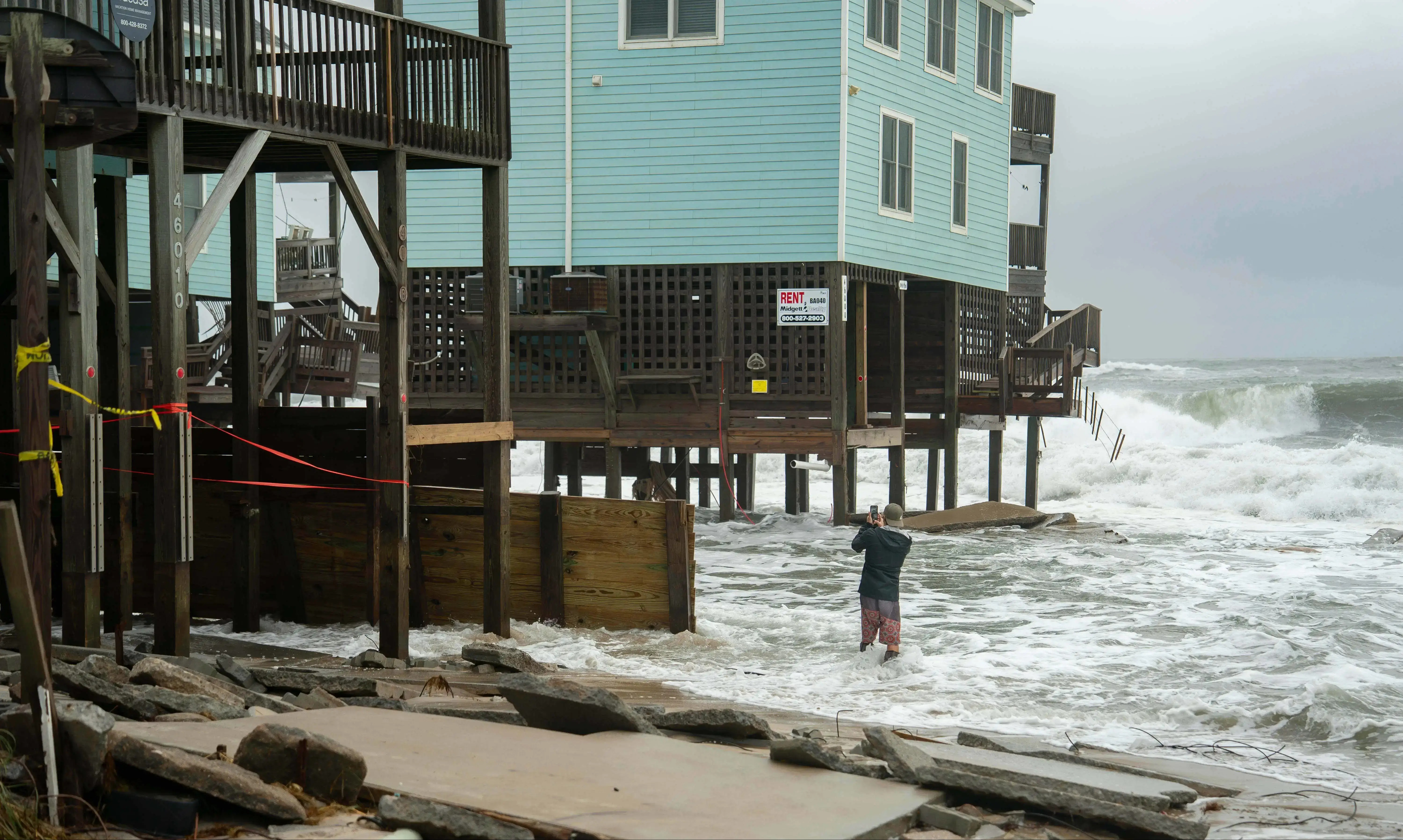What's Happening?
The National Flood Insurance Program expired on September 30, and pending congressional legislation could transform FEMA's Public Assistance program. The Fixing Emergency Management for Americans Act of
2025 aims to reduce federal assistance for smaller incidents, shifting recovery costs to non-federal entities. This could result in state and local governments shouldering $41 billion in recovery costs over 16 years. The legislation proposes increasing FEMA's disaster eligibility threshold and lowering the federal cost share for recovery expenses. As a result, parametric insurance is being considered as an alternative disaster recovery approach. Unlike traditional insurance, parametric policies pay out based on pre-defined triggers, offering faster payouts and more flexible funding.
Why It's Important?
The proposed legislative changes could significantly impact state and local budgets, especially as they face aging infrastructure and frequent severe weather events. With FEMA stepping back from smaller disaster recovery, parametric insurance could fill funding gaps, providing a more resilient recovery model. This shift could affect public policy and financial planning for governments and communities, potentially increasing reliance on private insurance solutions. The growing popularity of parametric insurance, projected to reach a market value of $34.4 billion by 2033, highlights its potential role in disaster recovery, offering faster and more efficient financial responses to natural disasters.
What's Next?
If the legislation passes, state and local governments will need to adapt to the new cost-sharing model, potentially increasing their reliance on parametric insurance. Agents and brokers are encouraged to raise awareness about parametric insurance and engage with insurers early to build relationships and present credible options. As demand for parametric coverage grows, it could become a key component in disaster recovery strategies, helping communities rebuild more effectively. The industry may need to innovate further to meet the increased demand and ensure adequate coverage for underserved risks.
Beyond the Headlines
The shift towards parametric insurance could lead to broader changes in how disaster recovery is funded and managed in the U.S. It may encourage more proactive risk mitigation strategies and collaboration between public and private sectors. The ethical implications of shifting financial burdens from federal to local entities could spark debates on equity and access to recovery resources. Long-term, this could influence how communities plan for and respond to natural disasters, potentially reshaping the landscape of disaster recovery and insurance.












